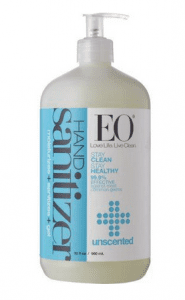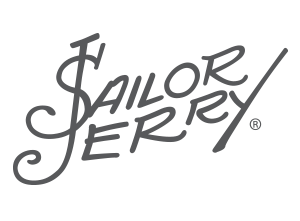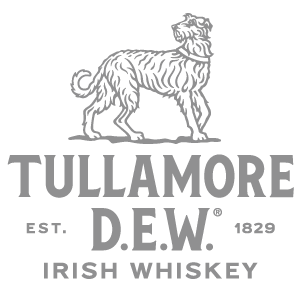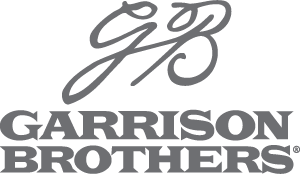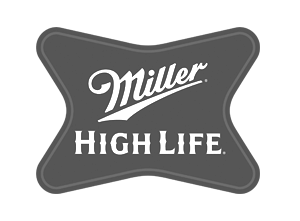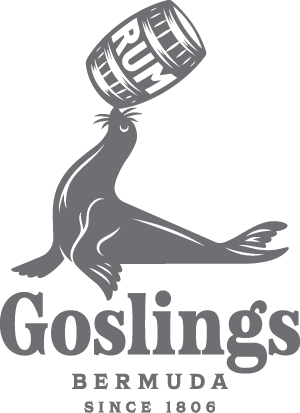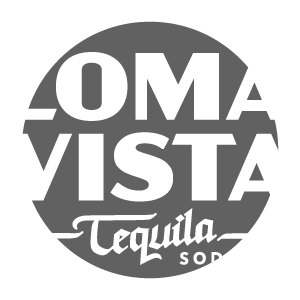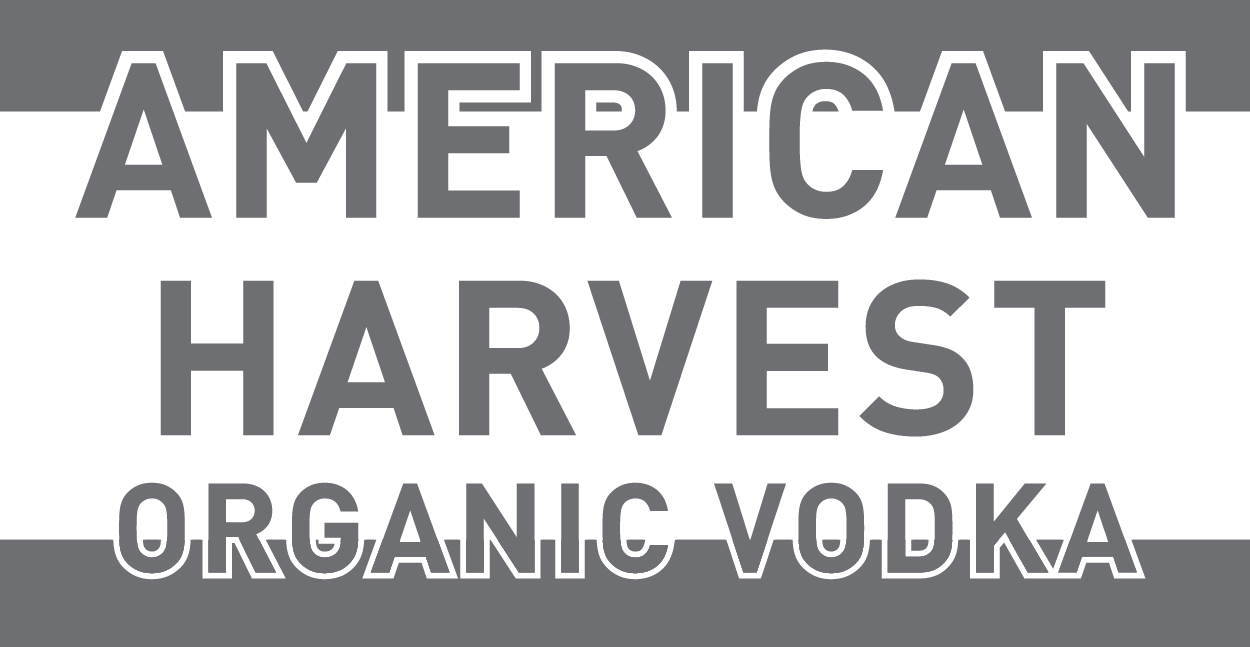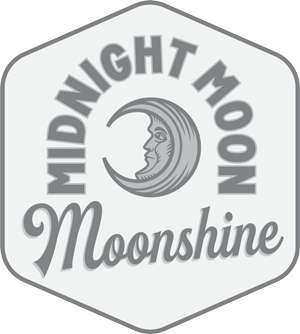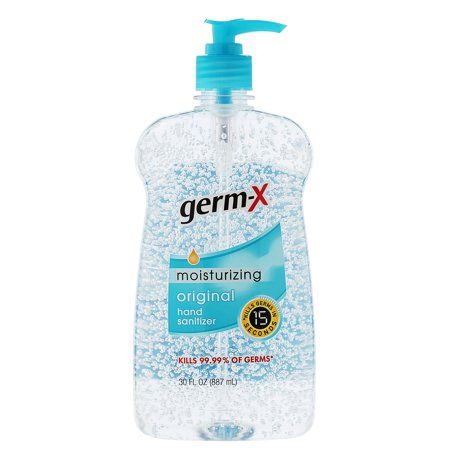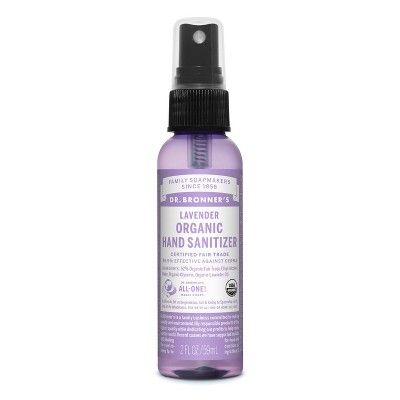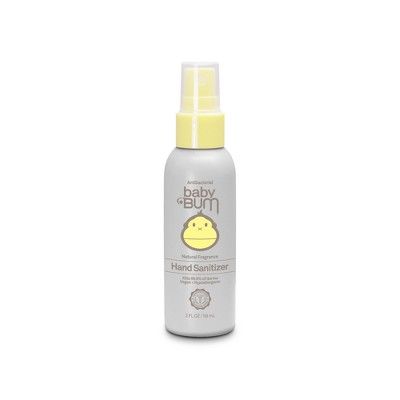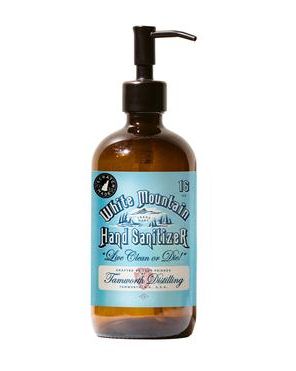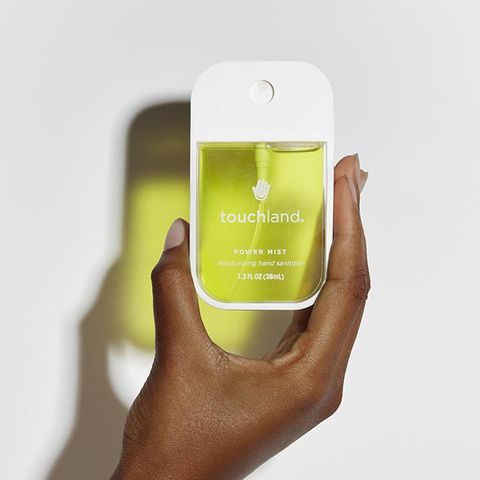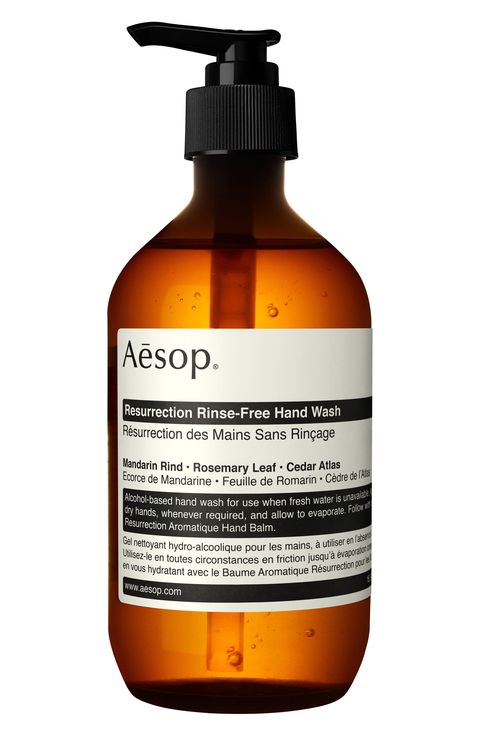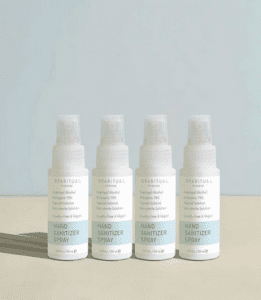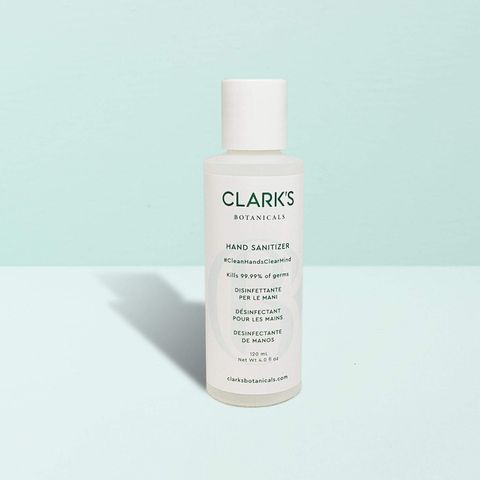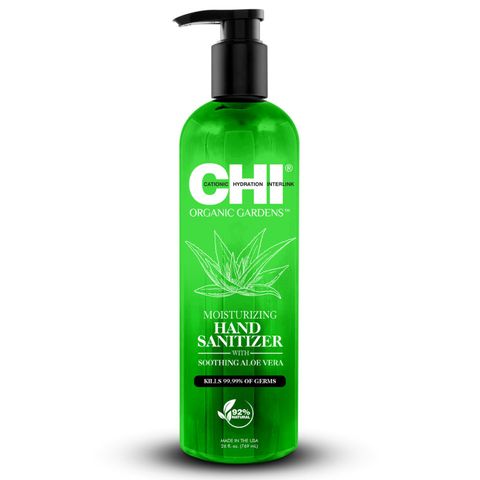Purell isn’t the only name in the game (although it’s a good one).
Read full article here.
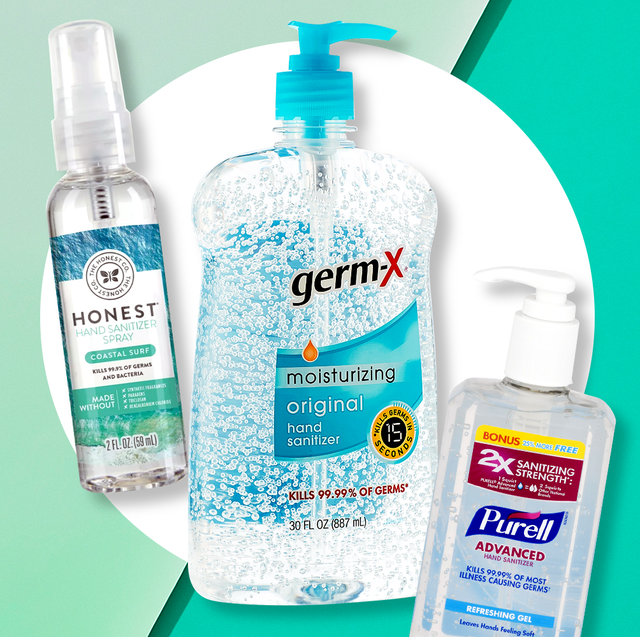
While hand washing with soap and water should be your go-to, hand sanitizer does work in a pinch. Let’s face it, sometimes you don’t have soap or a dependable sink sitch—and that’s where hand sanitizer sparkles. In those circumstances, hand sanitizers are a pretty solid backup plan, according to doctors and the U.S. Food and Drug Administration (FDA).
“Hand sanitizer is a good way to disinfect when you don’t have access to soap and water between hand washes,” confirms Dr. Andrew Alexis, MD, chair of Mount Sinai’s department of dermatology. Still, you’ve got to use the stuff correctly, check the expiration date, and make sure it contains the right ingredients. “Alcohol-based sanitizers with 60 percent alcohol or higher are best at killing many types of germs,” says Alexis. If your bottle contains any less than that, it may reduce growth of germs but not kill them. The CDC confirms a high alcohol content (also at least 60 percent) is required to kill germs.
Since many go-to hand sanitizer brands are in high demand and hard to come by right now, other companies have stepped in. Case in point: The American Craft Spirits Association says three in four of its distillery members are now producing alcohol for use as sanitizers, Bloomberg reported.
Whether it’s a traditional hand sanitizer brand or a new product, the first thing to look for is one of these three active ingredients on the label: ethyl alcohol, isopropyl alcohol, or benzalkonium chloride. “Other active ingredients may be ineffective,” says Alexis. Those ingredients all indicate that the formula contains alcohol, and as long as it hits that 60 percent mark, you’re covered.
Here are doctor-recommended picks and notable newcomers for the best hand sanitizers on shelves and online.
